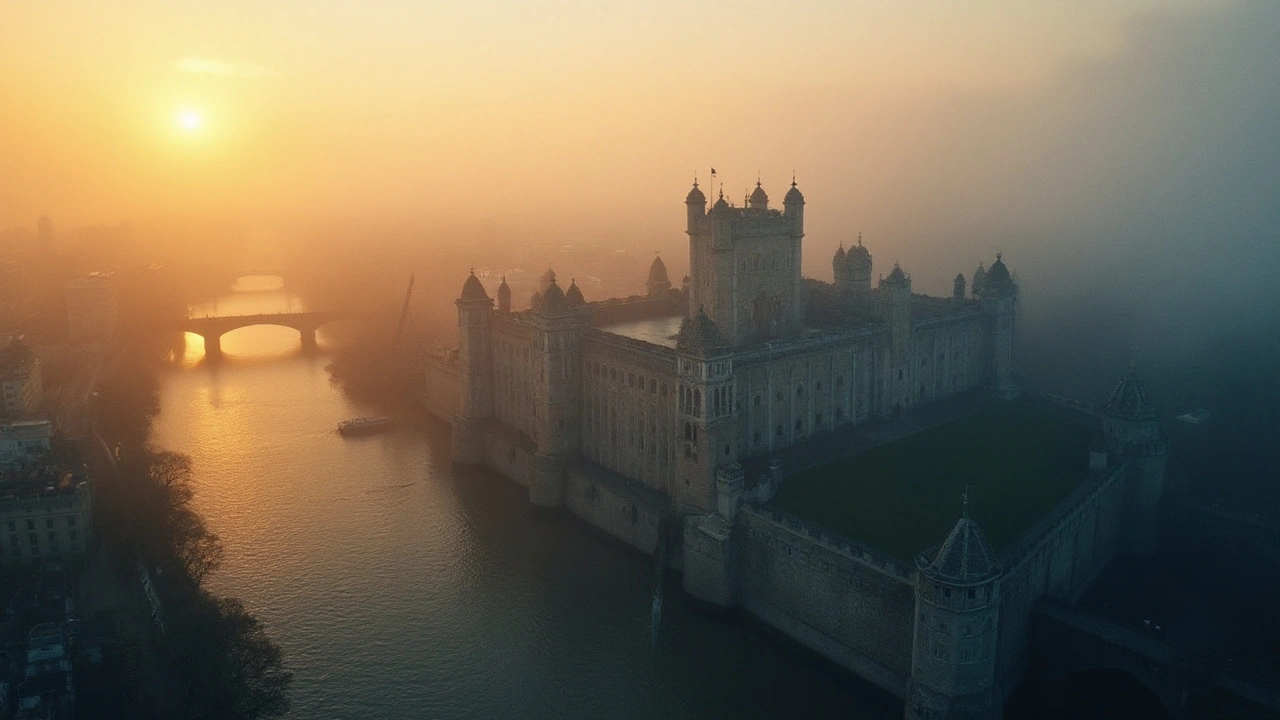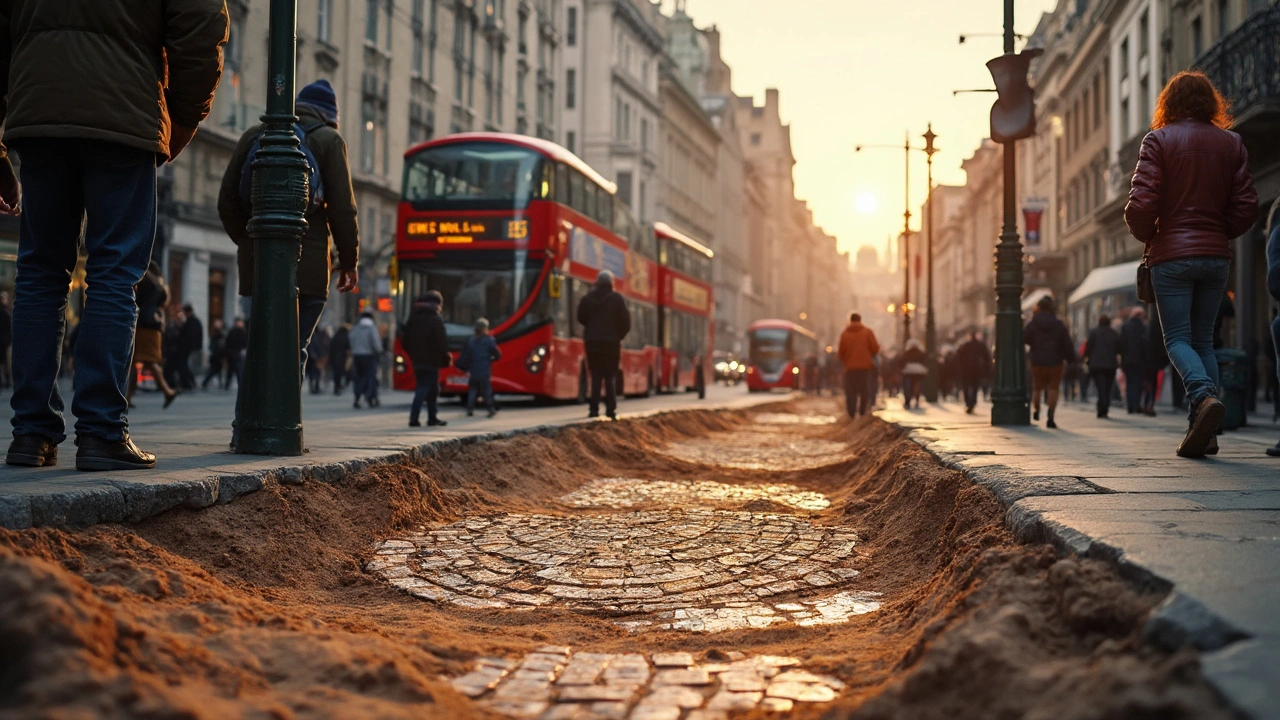Why Historical Sites Matter: Lessons from the Past
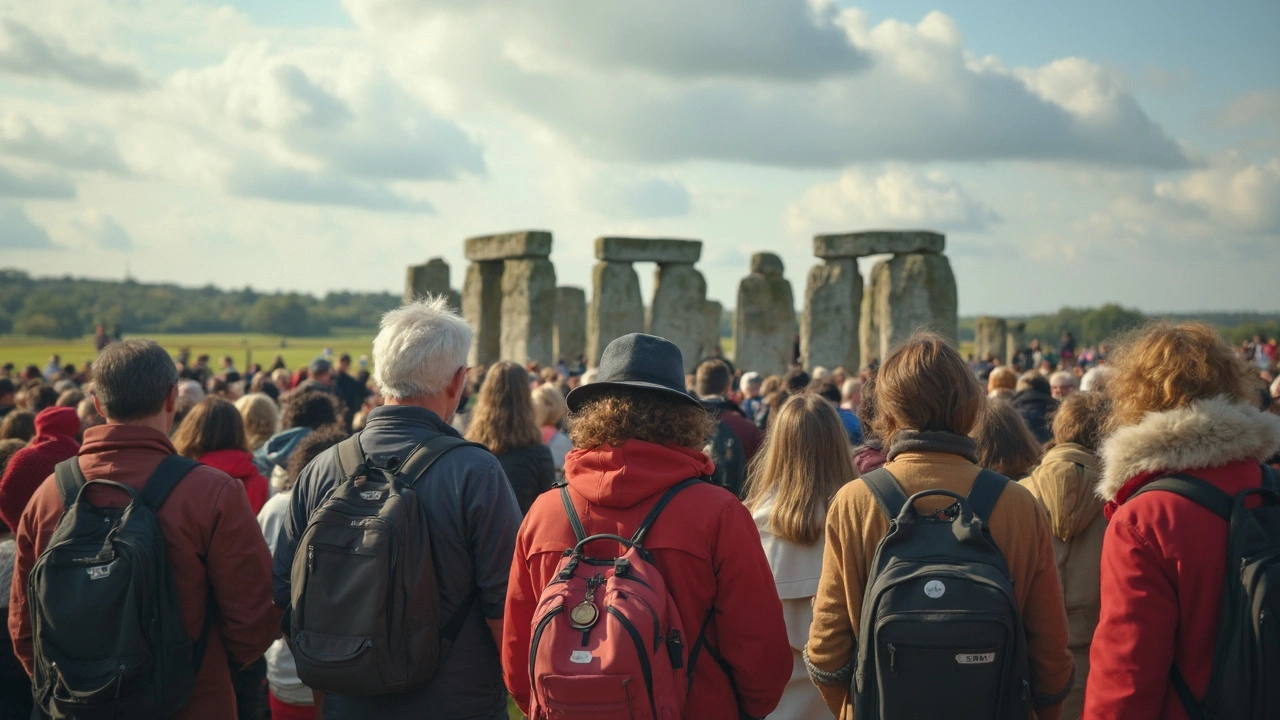
Ever wondered if walking through an old castle or wandering ancient ruins really matters? Turns out, these places aren’t just photo opportunities. Historical sites are living, breathing classrooms—and you don’t need textbooks to pick up something valuable.
Right from the moment you step onto a historical site, you get a front-row seat to real, messy, unbelievable stories from the past. You see where big stuff happened—battles, discoveries, and even daily life from centuries ago. That teaches you history in a way no dusty timeline ever could.
Plus, these sites aren’t just about the past. They help us make smarter choices now. Want to avoid repeating old mistakes? Digging into what happened here can be a shortcut to better decisions in the present.
- What Historical Sites Teach Us
- Real-Life Lessons Hidden in Ruins
- Why Preservation Is a Game Changer
- Making History Fun and Accessible
- Tips for Exploring Historical Sites
What Historical Sites Teach Us
Historical sites are way more than places you visit on a school field trip. They’re real connections to the past, showing us how people actually lived, what they cared about, and what mistakes they made. If you walk through Pompeii, you don’t just learn about a volcano—you see how the city was organized, the art people enjoyed, even the graffiti on the walls. Suddenly, history isn’t just about kings and dates—it’s about real lives.
One cool thing: the Great Wall of China, stretching over 13,000 miles, wasn’t just built to keep invaders out. Early sections were made to connect tribes and show off power too. When you walk on it, you see just how tough the builders had to be. According to UNESCO, more than 1,000,000 laborers worked on the wall over centuries. That sheer scale puts our own big construction projects to shame.
Standing at these sites, you get both the big picture and the tiny details about human life. For example, at the Roman Colosseum, scratch marks on stone benches show where people were assigned to sit, just like ticket numbers at a concert today. These are lessons in everything: architecture, technology, politics, and daily life.
| Site | Key Lesson |
|---|---|
| Auschwitz-Birkenau | The importance of remembering tragedy so history isn't repeated |
| Independence Hall (USA) | How democracy took root and spread |
| Angkor Wat | Ingenuity in ancient engineering and religion |
Sometimes the biggest lesson is right under your feet. Historian David Lowenthal once said,
"The past is a foreign country. They do things differently there."
But by exploring historical sites, you get to step over that border for a while and pick up first-hand wisdom. This direct experience sticks with you, shaping how you see the world and your place in it.
Real-Life Lessons Hidden in Ruins
Old ruins have a way of making history feel real. When you visit these historical sites, you get to see hands-on proof of how people used to live, deal with problems, and even mess up. Take Pompeii, for example. When Mount Vesuvius erupted in 79 AD, the whole city froze in time. By walking through Pompeii's streets, you can spot cooking pots still on the stoves, graffiti on walls, and even the way ancient Romans organized their homes. This isn't just interesting—it's a peek into the successes and slip-ups of an entire society.
Some lessons you pick up from ruins are pretty wild. For starters, the Great Wall of China wasn't built in one go. Over 1,500 years, different rulers added to it because invaders were a constant worry. You see how each section reflects new ideas about defense and technology. Turns out, learning from the past means constantly improving and sometimes, borrowing from what worked—or didn’t work—before.
Even in small things, the past leaves tips for today. For example, Machu Picchu's terraced farming prevented soil erosion, a problem we still wrestle with. Turns out, ancient engineering solved a lot with basic tools and know-how. You could easily steal some tricks for your own backyard if you’re into gardening.
If you’re the numbers type, here’s a quick look at why historical sites matter globally:
| Site Name | Lesson Learned | Visitors per Year |
|---|---|---|
| Colosseum (Rome) | Teamwork and crowd control | 7 million |
| Pyramids of Giza | Engineering without machines | 14.7 million |
| Tikal (Guatemala) | Urban planning in the jungle | 300,000 |
Most importantly, all these lessons remind us that people have always had to solve problems, whether with building, farming, or just getting along. History education gets much more interesting when you’re not just reading about it—you’re standing where it happened.
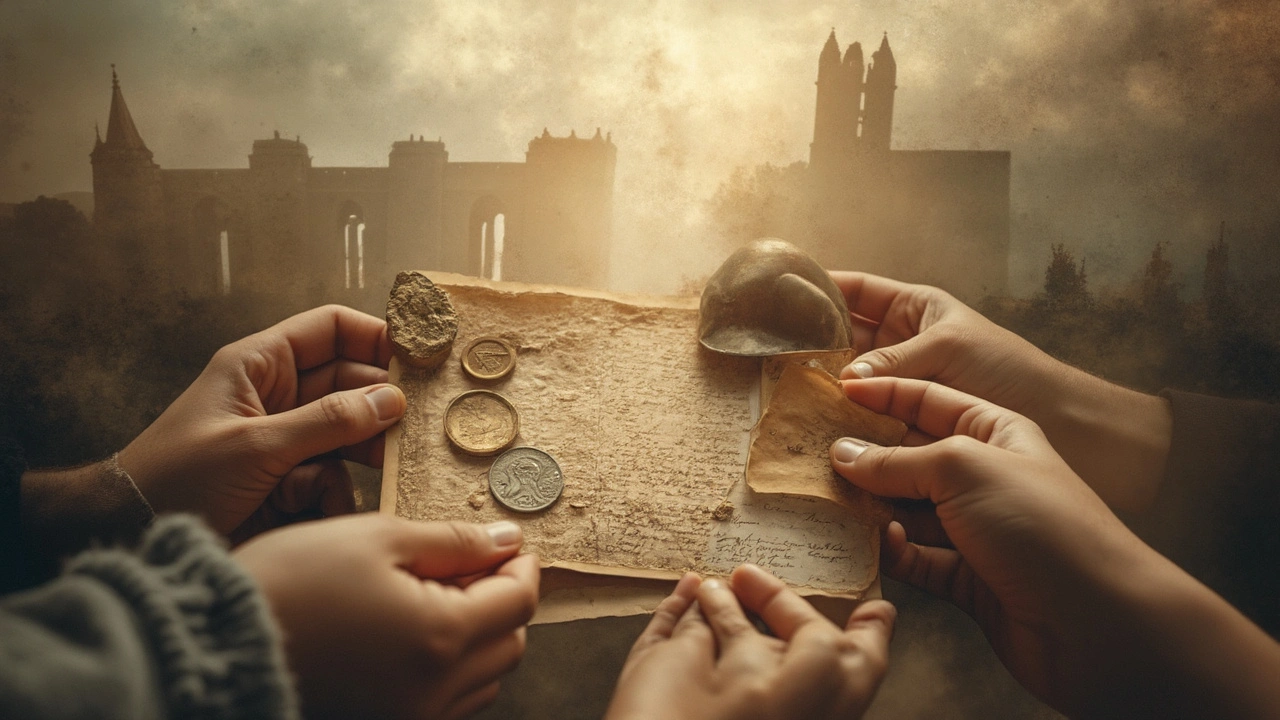
Why Preservation Is a Game Changer
Taking care of historical sites isn’t just about saving old rocks and bricks. It’s about holding on to our cultural heritage—the stories, the lessons, and the proof that history happened. When places like Machu Picchu or Stonehenge get preserved, we make sure future generations can learn from them instead of just looking at pictures.
Preserving these sites actually brings communities together. In France, the restoration of Notre-Dame after the 2019 fire turned into a global effort. People from all over shared skills and even sent donations. That kind of teamwork inspires pride and keeps ancient traditions alive—literally.
If you’ve ever wondered if it’s worth the cost, just check out the numbers. According to the World Travel & Tourism Council, more than 40% of global tourists pick destinations because of their heritage and culture. That means protecting historical sites can boost local economies through tourism, jobs, and better infrastructure. Here’s a quick look at what that means:
| Country | Revenue from Heritage Tourism (2024, USD) |
|---|---|
| Italy | $25 Billion |
| Egypt | $8 Billion |
| Japan | $16 Billion |
Preservation also helps us avoid losing irreplaceable knowledge. The UNESCO World Heritage Centre says we lose about one major heritage site every year to neglect, war, or weather. If it’s gone, it’s lost for everyone.
"Preserving historic sites gives us a real sense of identity and continuity in a fast-changing world," says Mechtild Rössler, former Director of UNESCO’s World Heritage Centre.
If you want to help out, support local preservation projects, follow guidelines when visiting, or volunteer for clean-up events. Every bit helps these places stick around, so more people—years from now—can stand in the same spot and learn something real from history.
Making History Fun and Accessible
You don't have to be a history buff to get hooked by historical sites. Over the last decade, these places have made a real effort to shake off the "boring field trip" vibe. Now, it’s a whole new game with sites using tech, big events, and hands-on experiences to draw people in.
Museums tied to historical landmarks are rolling out interactive exhibits, touchscreens, and even virtual reality. For example, at Pompeii in Italy, you can walk through rooms wearing VR goggles and see exactly how people lived before the eruption. Sites like Colonial Williamsburg in the US have actors playing out daily life and big moments—you get to step right into the action.
Guided tours are stepping up too. Instead of just listening to facts, you can try scavenger hunts, geocaching, or even escape rooms based on true stories. In some castles across England, you’ll find themed treasure hunts for families, while in Greece, kids can take part in hands-on pottery workshops where they recreate ancient Greek art.
- Check for family days—many sites offer discounted admission and extra activities.
- Look for audio guides or mobile apps. The Tower of London’s official app, for example, shares bite-sized stories you’d miss with a regular guidebook.
- Ask about accessibility. Places like the Acropolis now have ramps and elevators, so everyone can explore.
To see how much history is catching on, here’s a quick comparison:
| Year | UNESCO World Heritage Site Visits |
|---|---|
| 2013 | Nearly 1.1 billion |
| 2023 | 1.7 billion |
All of these upgrades make it so much easier for anyone, any age, to get something out of cultural heritage. History doesn’t have to just sit in a textbook. The best sites make you part of the story—no memorizing dates required.
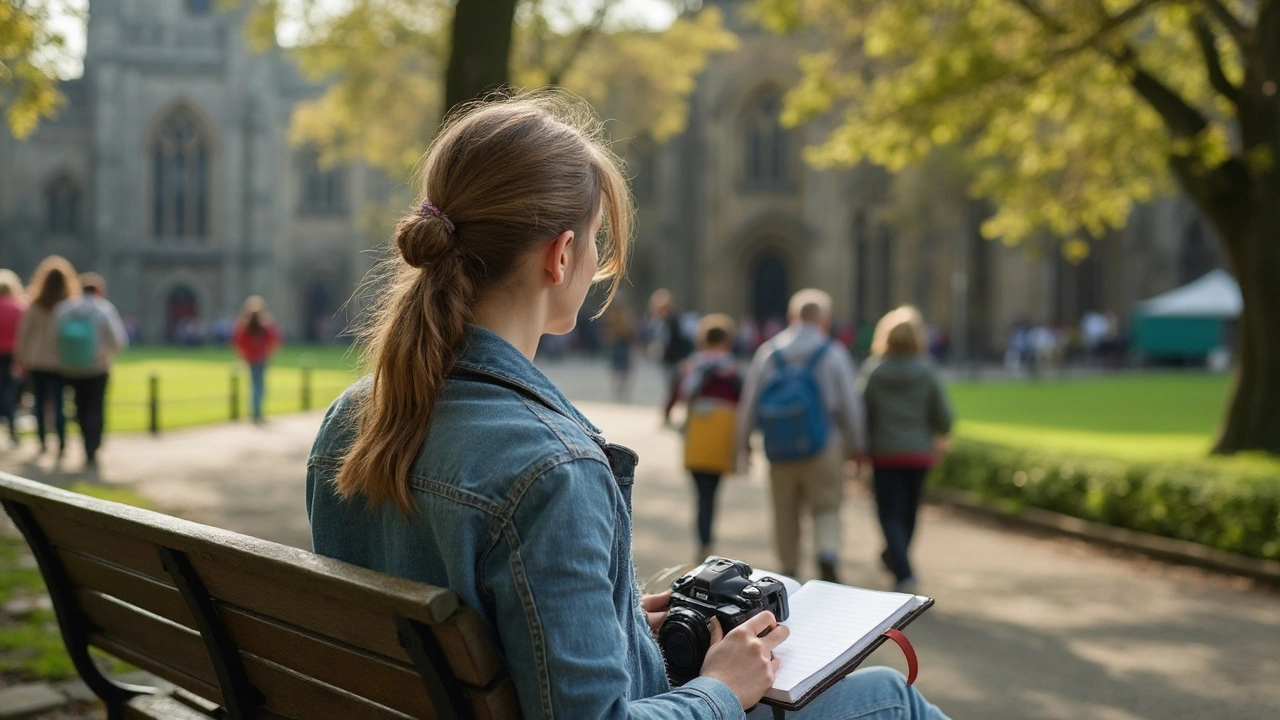
Tips for Exploring Historical Sites
You don’t need to be a history buff to get the most out of a historical site. A little planning goes a long way, and you can walk away with stories to tell (and maybe a new fact to drop at dinner).
- Do your homework before you go. Before heading out, check the site’s official website or reputable travel guides. Some places, like Pompeii in Italy, charge entrance fees, offer guided tours, or close early on certain days. Knowing this ahead can save you frustration.
- Respect the rules and the site itself. Walking off designated paths or touching old walls (even if they look sturdy) can actually damage them. For example, grease from hands can speed up decay, which is why places like Stonehenge have ropes to keep visitors back.
- Take advantage of guided tours or audio guides. A guide or a good audio tour uncovers stuff you’ll never pick up just from signs. For instance, at the Alhambra in Spain, guides point out secret messages in the tilework that you’d totally miss otherwise.
- Dress for the experience. Wear comfortable shoes—you’ll be walking a lot and sometimes on uneven ground, like at Machu Picchu or ancient Mayan ruins. Bring water and sun protection, and always check the weather—outdoor sites don’t have much shelter.
- Look for interactive exhibits. Many modern historical sites have added hands-on displays, little museums, or kid-friendly areas. Colonial Williamsburg in Virginia, for example, lets you try old-time crafts or watch live demos.
| Site | Annual Visitors | Fun Fact |
|---|---|---|
| Great Wall of China | ~10 million | It stretches over 13,000 miles. |
| Pyramids of Giza | ~14.7 million | Some stones weigh as much as 80 tons. |
| Colosseum, Rome | ~7.6 million | Original arena floor was made of wood. |
Want to get the most out of your visit? Snap photos, sure, but also spend a few minutes just taking in the scene. You’ll notice details you’d miss rushing past. And if you’re visiting with kids, ask them to spot something unusual or imagine what life was like there—turns out, their answers are often the most creative.
